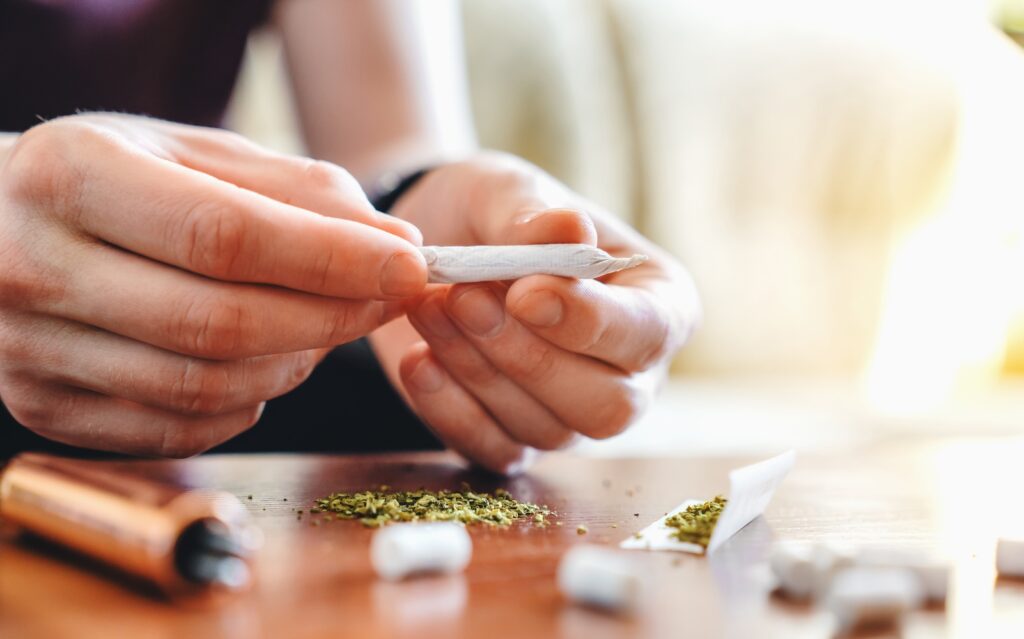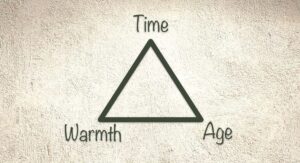Study: Teen cannabis use linked to 11x higher psychosis risk
Adolescents who use cannabis are at over 11 times greater risk of developing a psychotic disorder than those who do not use the drug.
That’s the main finding of a study published in May in the…

Adolescents who use cannabis are at over 11 times greater risk of developing a psychotic disorder than those who do not use the drug.
That’s the main finding of a study published in May in the journal Psychological Medicine by researchers André J. McDonald et al of the University of Toronto.
The investigators examined data for more than 11,000 non-institutionalized young people, aged 12-24, from both the Institute for Clinical Evaluative Sciences (ICES) and the Canadian Community Health Survey.
“We found that cannabis use, compared to no cannabis use, was associated with over 11 times … greater risk of psychotic disorder at any point during adolescence (ages 12–19 years),” McDonald et al wrote.
“We found no evidence of association between cannabis use and risk of psychotic disorder during young adulthood (ages 20–33 years),” they added, an outcome that suggests adolescents are in a vulnerable neurodevelopmental period during which cannabis use puts them at risk of serious mental illness.
Additionally, the study’s data showed that a majority of adolescents who had been diagnosed with a psychotic disorder also had used cannabis.
“[O]f all the incident psychotic disorder hospitalizations/ED [emergency department] visits during adolescence, 77.8% … had reported past-year cannabis use at baseline and 82.3% … had reported lifetime use,” the researchers observed.
The study’s striking results drew the attention of researcher Dr. John Mac Ghlionn, who especially noted at Chronicles Magazine “the fact that cannabis today is radically more potent than it was in the past.”
“The increased THC content common in today’s cannabis can significantly affect the brain’s normal functioning,” he added. “Moreover, the link between high THC levels and psychosis is particularly strong in young people.”
And cannabis use in young people is increasing.
In a study published in December 2022 in Clinical Toxicology, Dr. Adrienne Hughes et al of Oregon Health & Science University found that “adolescent cannabis abuse in the United States has increased drastically – by about 245% – since 2000, as alcohol abuse among teens has steadily declined.”
The findings of the study by McDonald et al are released as recent data compiled for a report for the state of Maryland indicate 52 million Americans, or 18.7%, aged 12 or older have used marijuana within the past 12 months; 72% of Americans believe regular alcohol use is more harmful than marijuana; and 56% say marijuana is socially acceptable – all statistics that appear to be consistent with Pew Research Center’s report that recreational marijuana is now legal in 24 states for people 21 or older.
Despite concerns about the rise in cannabis use in young people and the drug’s potency, the Biden Justice Department announced in May its plan to reclassify marijuana as a less dangerous drug.
“The election year announcement could help Biden, a Democrat, boost flagging support, particularly among younger voters,” observed CBS News in anticipation of the announcement.
Mac Ghlionn asserts there is sufficient data to alert the Biden administration to the dangers of suggesting to young people that marijuana is minimally dangerous, especially given its greater potency in the current era.
“Given the already significant mental health crisis facing the country, stronger strains of cannabis are likely to exacerbate issues like psychosis and schizophrenia, especially among youth,” he cautioned. “This is something the Biden administration must acknowledge.
“The cannabis of today doesn’t just temporarily alter minds; it scrambles them in ways we are only beginning to understand.”



